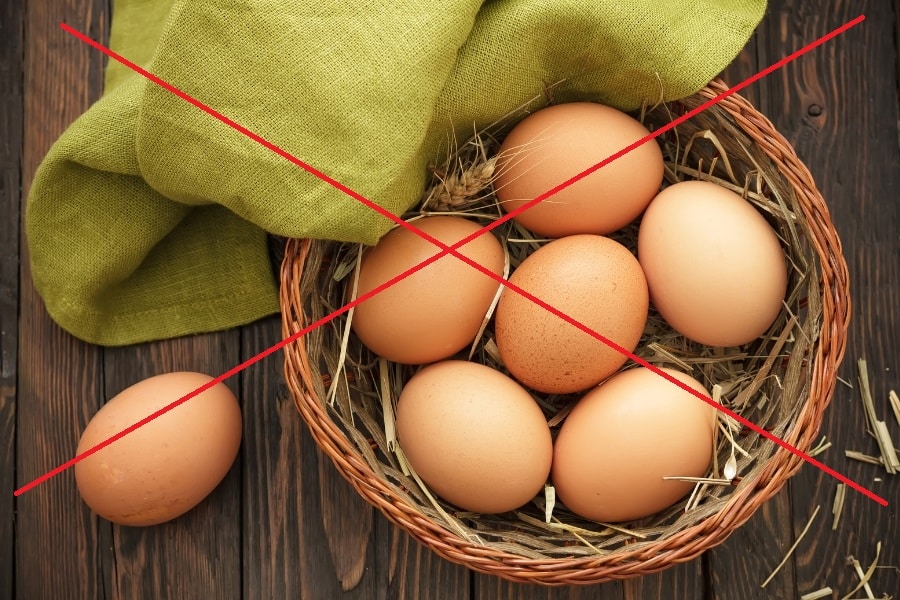Creating pizzeria-quality vegan pizza in the comfort of your kitchen is an exciting adventure for your taste buds. This guide will walk you through the essential steps, from kneading the perfect dough to selecting sumptuous toppings and vegan cheese. Not only is vegan pizza a delightful treat, but it also offers health and environmental perks. With attention to detail and the right ingredients, your homemade vegan pizza will not just match but could even surpass the allure of a pizzeria’s creation.
Contents
- 1 The Foundation: Crafting The Perfect Dough
- 2 The Art Of The Sauce: Flavorful Vegan Options
- 3 Toppings Galore: Choosing The Best Vegan Toppings
- 4 Vegan Cheese: Melty, Gooey, Delicious
- 5 Mastering The Bake: Techniques For The Perfect Crust
- 6 Beyond The Basics: Infusing Your Pizza With Flair
- 7 The Finishing Touch: Fresh Toppings And Flavors
- 8 Start Your Vegan Pizza Adventure!
- 9 Related
The Foundation: Crafting The Perfect Dough

The journey to an exquisite vegan pizza begins with the dough, the canvas for your culinary creation. The ingredients are simple: high-quality flour, active yeast, a pinch of sugar, a dash of salt, water, and a swirl of oil. Yet, the magic lies in the proportions and the process. Combine the dry ingredients before slowly adding in the water and oil, mixing to form a pliable dough. Kneading is a crucial step; it develops the gluten, giving the dough elasticity and strength. After a good knead, the dough must rest. This proofing stage allows the yeast to work its magic, causing the dough to rise and develop those characteristic flavors and textures associated with top-notch pizza.
Once the dough has doubled in size, it’s time for shaping. This is where you can express your style, whether you prefer a thick, hearty crust or a thin, crisp base. The key is to create an even surface that will cook uniformly. Don’t be afraid to let the dough rest if it starts to shrink back; patience is an ingredient in itself. After shaping, a second, shorter rise will ensure the crust is airy and light. Preparing the dough with care sets the stage for a pizza that’s sure to impress with its perfect chew and golden crust.
The Art Of The Sauce: Flavorful Vegan Options

The sauce is not just a component of pizza; it’s the heart, delivering moisture and robust flavor. Tomato sauce is a classic start, simmered with a blend of garlic, basil, oregano, and a hint of sweetness to balance the acidity. For a twist, a pesto made from fresh basil, pine nuts, garlic, and nutritional yeast offers a rich, herbaceous layer. Alternatively, a creamy garlic sauce, thickened with cashews or cauliflower, provides a decadent, velvety base that complements any topping.
Crafting the perfect sauce requires more than just mixing ingredients; it’s about building layers of flavor. Start with sautéing garlic and onions to create a savory foundation. Incorporate tomatoes, fresh or canned, and simmer slowly to deepen the taste. Seasoning is essential; each herb and spice contributes to a complex profile. Remember, the sauce should be spread thinly but evenly over the dough, ensuring every bite is infused with flavor without overwhelming the toppings. A great sauce marries all the elements of the pizza, creating a harmonious and mouth watering experience.
Toppings Galore: Choosing The Best Vegan Toppings

Toppings are where creativity shines on a pizza. For a truly gourmet experience, select a colorful array of vegetables: think bell peppers, artichokes, olives, and mushrooms. These not only add a spectrum of flavors but also various textures, from crunchy to tender. Pre-roasting some vegetables can enhance their sweetness and add a smoky depth. For those who crave the umami and bite of traditional pizza toppings, marinated tempeh or seasoned tofu can be excellent stand-ins for meat.
Balance is key when arranging your toppings. You want to ensure that each slice is a tapestry of flavors and textures without being overladen. Consider the moisture content of your toppings; too much can lead to a soggy crust. Distribute them evenly and thoughtfully, allowing each ingredient to cook properly and meld flavors with the sauce and dough. The right combination of toppings transforms your pizza from mere sustenance to a memorable meal that tantalizes the palate.
Vegan Cheese: Melty, Gooey, Delicious

Vegan cheese has come a long way, with options now available that melt into that coveted gooey texture. Store-bought varieties made from nuts, soy, or tapioca provide convenience and a range of flavors. For those who love a culinary challenge, homemade vegan cheese is a game-changer. A blend of cashews, nutritional yeast, and a touch of miso can create a cheese that’s not only rich and flavorful but also boasts a satisfying stretch.
When using vegan cheese, less is often more. You want to achieve that perfect melt without the pizza becoming greasy. If you opt for homemade cheese, remember to soak your nuts beforehand for a creamier texture. Spread or sprinkle the cheese evenly, allowing it to bubble and brown without overpowering the other elements. The goal is to achieve a delightful contrast between the crisp crust and the soft, melted cheese, creating a pizza that’s a feast for the senses.
Mastering The Bake: Techniques For The Perfect Crust

Achieving the perfect crust is a matter of mastering your oven’s capabilities. The goal is to replicate the intense, even heat of a professional pizza oven. This can be done by using a pizza stone or a baking steel, which retains heat and mimics the floor of a commercial pizza oven. Preheating is crucial; the stone or steel should be heated for at least an hour before baking to ensure a blisteringly hot surface that will cook the pizza quickly and evenly. The result should be a crust that’s crispy on the outside with a soft, airy interior.
When it’s time to bake, the pizza should be transferred to the stone or steel quickly to prevent heat loss. A pizza peel can be a helpful tool for this. The high heat from the stone or steel will cook the pizza from the bottom up, crisping the crust, while the ambient heat of the oven melts the cheese and cooks the toppings. Rotating the pizza midway through baking ensures an even cook, which is especially important in home ovens that may have hot spots. Once the edges are golden and the cheese is bubbling, it’s time to remove the pizza from the oven and let it cool slightly on a wire rack to maintain the crispness of the crust.
Beyond The Basics: Infusing Your Pizza With Flair

To elevate your vegan pizza, consider incorporating gourmet elements that add complexity and sophistication. This could mean drizzling a balsamic glaze over fresh arugula for a sweet and peppery contrast or adding dollops of vegan ricotta for a creamy texture. Infusing olive oil with garlic and herbs to brush on the crust can also add a new dimension of flavor. For those who enjoy a bit of heat, a sprinkle of red pepper flakes or a swirl of spicy vegan aioli can provide a welcome kick. The addition of unique ingredients like capers, caramelized onions, or sun-dried tomatoes can turn an ordinary pizza into a gourmet experience.
Another way to add a gourmet touch is by playing with flavors and textures. A combination of marinated artichokes, roasted red peppers, and kalamata olives offers a Mediterranean vibe, while a mix of sautéed wild mushrooms can give a rustic and earthy feel. Fresh herbs like basil, oregano, or thyme should be added just after the pizza comes out of the oven to preserve its flavor and aroma. A final drizzle of flavored oil or a sprinkle of nutritional yeast can be the perfect finishing touch to a gourmet vegan pizza, ensuring every bite is bursting with flavor.
The Finishing Touch: Fresh Toppings And Flavors

The final touches to a pizza can elevate it from good to exceptional. Adding fresh ingredients after baking not only brings a burst of flavor but also adds a contrasting texture that can make each bite more interesting. Freshly chopped herbs, arugula, or even a handful of microgreens can add a peppery freshness that complements the baked toppings. For a touch of luxury, a drizzle of truffle oil or a sprinkle of edible flowers can make the pizza visually stunning and tantalizingly aromatic.
The post-bake stage is also the perfect time to add ingredients that are best enjoyed raw, or that could lose their delicate flavor when baked. Avocado slices, fresh cherry tomatoes, or a squeeze of lemon juice can provide a refreshing zing. For those who enjoy a bit of creaminess, a dollop of vegan sour cream or a drizzle of cashew cream can be the perfect counterpoint to the crispy crust and savory toppings. These final flourishes are not just about taste; they’re about creating a multi-sensory experience that delights the eyes and the palate.
Start Your Vegan Pizza Adventure!
Embracing the art of vegan pizza making can transform your kitchen into a haven for gourmet experimentation. With each element, from the dough’s rise to the final post-bake garnish, you craft not just a meal, but an experience. So, gather your ingredients and let your culinary creativity run wild. Your homemade vegan pizza, rich with flavors and textures, awaits. It’s time to roll up your sleeves, preheat your oven, and begin your journey to mastering the ultimate pizzeria-quality vegan pizza at home.


